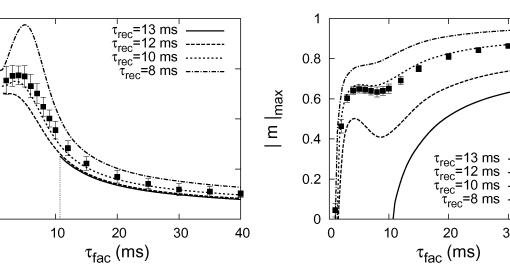I. Diez*, P. Bonifazi*, I. Escudero, B. Mateos, M.A. Muñoz, S. Stramaglia and J.M. Cortes (* Equal first-author Contribution). A novel brain partition highlights the modular skeleton shared by structure and function. Scientific Reports 5:10532 , 2015. [pdf] arXiv:1410.7959v2
Elucidating the intricate relationship between brain structure and function, both in healthy and pathological conditions, is a key challenge for modern neuroscience. Recent technical and methodological progress in neuroimaging has helped advance our understanding of this important issue, with diffusion weighted images providing information about structural connectivity (SC) and functional magnetic resonance imaging shedding light on resting state functional connectivity (rsFC). However, comparing these two distinct datasets, each of which can be encoded into a different complex network, is by no means trivial as pairwise link-to-link comparisons represent a relatively restricted perspective and provide only limited information. Thus, we have adopted a more integrative systems approach, exploiting theoretical graph analyses to study both SC and rsFC datasets gathered independently from healthy human subjects. The aim is to find the main architectural traits shared by the structural and functional networks by paying special attention to their common hierarchical modular organization. This approach allows us to identify a common skeleton from which a new, optimal, brain partition can be extracted, with modules sharing both structure and function. We describe these emerging common structure-function modules (SFMs) in detail. In addition, we compare SFMs with the classical Resting State Networks derived from independent component analysis of rs-fMRI functional activity, as well as with anatomical parcellations in the Automated Anatomical Labeling atlas and with the Broadmann partition, highlighting their similitude and differences. The unveiling of SFMs brings to light the strong correspondence between brain structure and resting-state dynamics.





